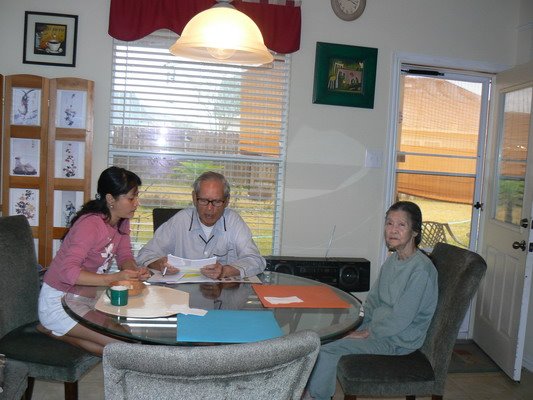 […]
[…]I was struck by a (man's) way of referring to girls ('chopsticks') and to boys ('roof-beam'). I had never heard it before, but it seemed to epitomise the manner in which the Chinese view the differences between men and women. While men are believed to be the strong providers, who hold up the roof of the household, women are merely fragile, workaday tools, to be used and then discarded. The thought made me feel melancholy, but , as I was standing there pondering the man's words, I heard one of his daughters pipp up from nearby, 'I'lll show the people in this village who's a chopstick and who's a roof-beam'.
In the course of my work as a journalist, I met may 'chopsticks' – girls from poor villages who lived lives of drudgery in arranged marriages. At first my encounters with them were limited largely to my visits to the countryside. However, as China began to reform its economy during the 1980s, and peasants were allowed to seek work in the cities, these 'chopstic' girls began to be found working as waitresses and cleaners in city restaurants, shops and hotels.
 […]
[…] In order to survive financially in those early days in England, I worked for a short time a shop cleaner and waitress. Western people looked through me in the same way as city people looked through 'chopstick' girls in China, and I felt that I understood better what their life must be like.
[…]
As I've said, that period of my life was bridf, and, after working as a teacher, I was able in 2002 to publish my first boo, The Good Women in China. Since then I have returned frequently to my homeland and have watched the extraordinary changes that are taking place in China as it surges into the twenty first century. Whenever I visit, I see hundreds of chopstick girls becoming part of the structure that holds up the roof of China...
Photos by Jos S.


No comments:
Post a Comment